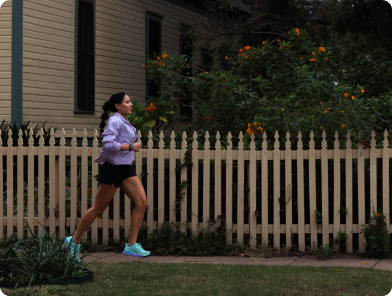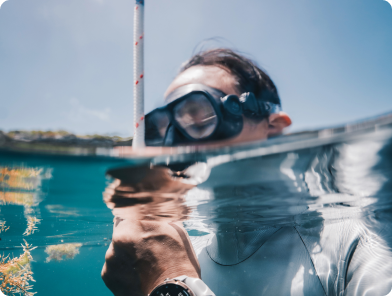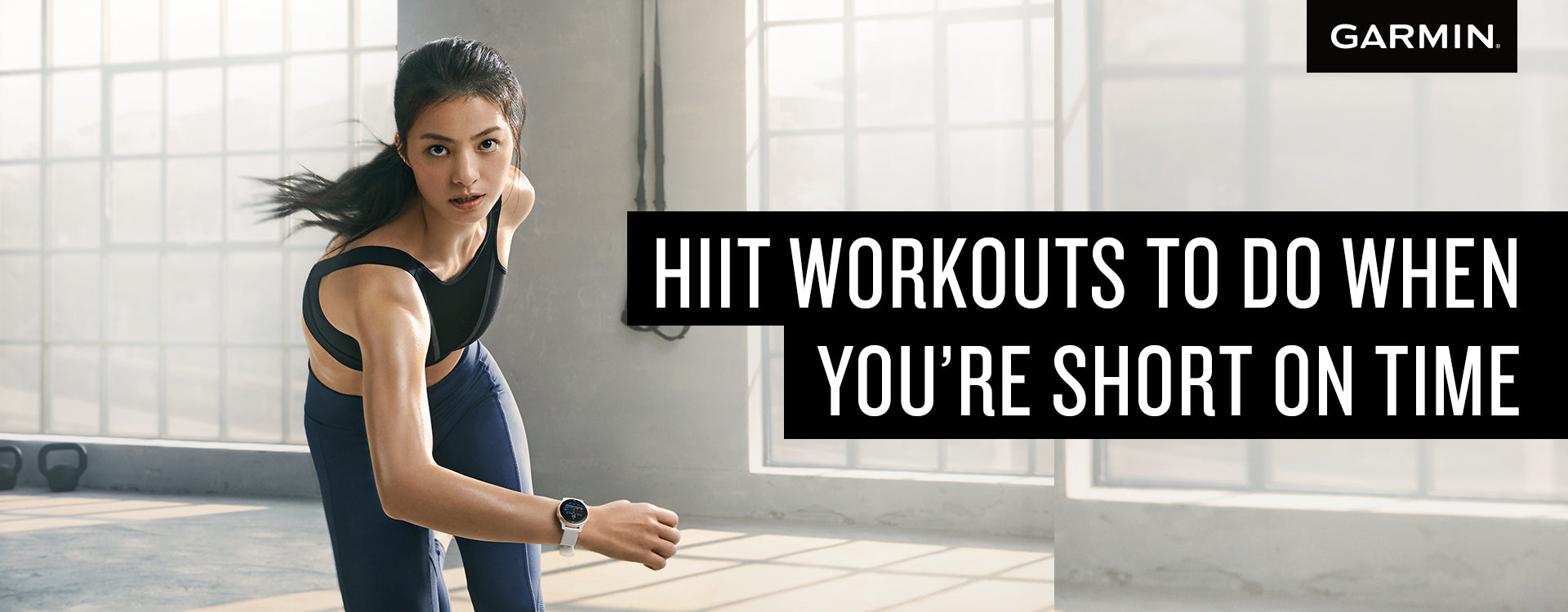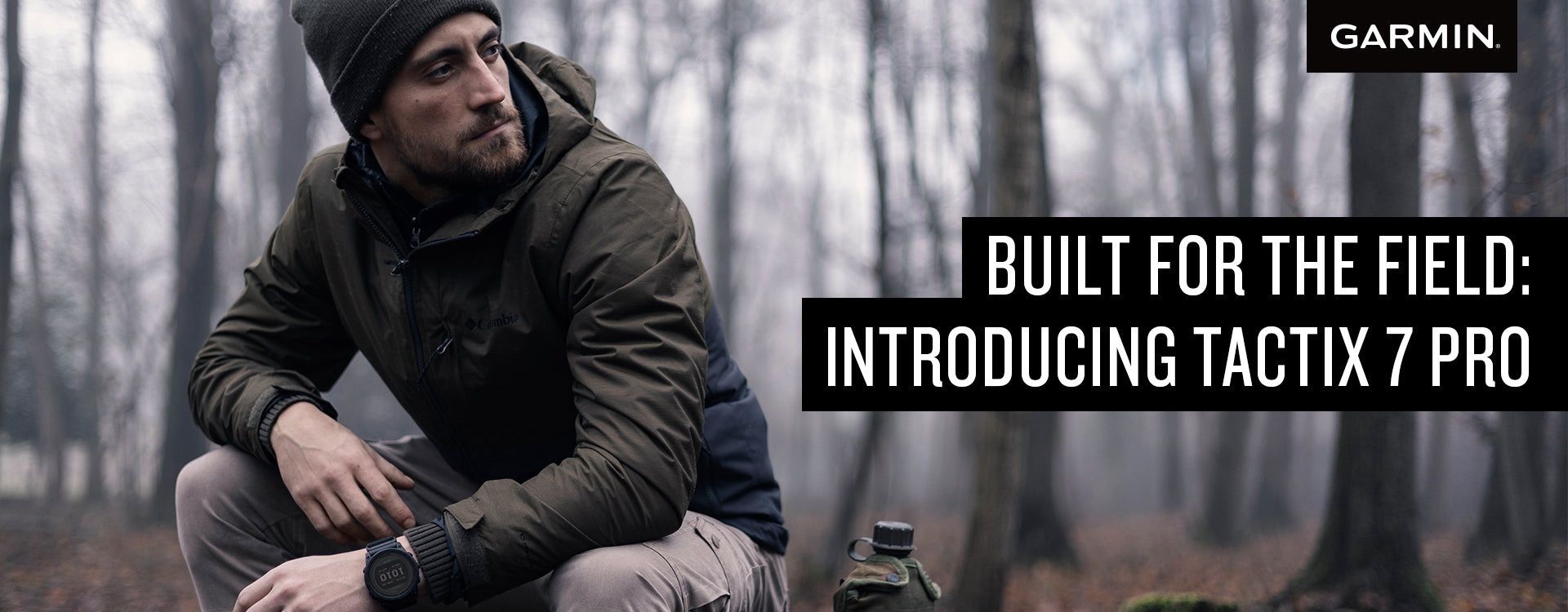Freediving is one of the greatest activities you can do to destress and explore the wonders of the great seas and oceans. But as it is a leisure activity, it is also considered a sport, and just like any other sports, you are required to train and condition your body in order to be prepared for what’s to come while you’re doing it.
Most people think that freediving is simply jumping into the waves and staying underwater for a period of time. But what we do not know is that experienced freedivers also undergo special training and perform exercises before even considering putting on their diving suits.
Freediving is not for the fainthearted. One must be brave enough to even consider doing this type of sport. But as you are reading this article, it seems that you are one of the dauntless and courageous souls who want to conquer this wild adventure.
But hold on just yet! Before you even think about hopping on a boat and wearing your diving suit, you have to prepare your body by performing these stretches and exercises.
Stretches
Do these stretches while sitting cross-legged on the floor and preferably after you wake up in the morning.
Spinal rotations (Sufi grinding)
Place your hands on your knees and rotate your chest, arching forward as you breathe in, and then complete the rotation breathing out as you start to round your back.
Continue with these circles while keeping the top of your head over the base of the spine as you rotate, drawing big circles with your chest, letting the chest push forward and open up with the shoulders back on the forward rotation, and letting the shoulders come forward with the back rounded on the backward movement. Inhale as you come forward and exhale as you go back.
Static stretch with arms above head
Breathe in and hold your breath as you reach the arms above the head, hands together. Try to keep the arm straight and the elbows next to the ears. Continue with the hold and stretch until you feel the urge to breathe.
Spinal flexes
Place your hands on your knees and arch your chest forward, letting the shoulders drop back, opening the chest as you breathe in. Then let the shoulders come forward and arch your back the opposite direction, rounding the back as you exhale. Be gentle to start with to allow the spine to warm up. For your breathing, inhale as you come forward, exhale as you go back.
Spinal twists
Place your hands on your shoulders, thumbs facing backward. Twist to the left as you breathe in and to the right as you exhale. Repeat the movement, gently at first as you warm up, and let the range of movement gradually increase. Let the head follow the shoulders around also. Inhale as you go left and exhale as you go right.
Neck rolls
Gently drop your head forward, allowing the weight to stretch out the back of the neck. Roll your head around to the left and let your ear drop towards your shoulder, then continue the roll until you are reaching your chin high (not compressing the back of your neck) and around to the other side again, allowing the ear to drop towards the shoulder, and finally back to the front. Do this slowly for three times and then change direction for another three times.
Side bends
Breathe in a full breath and hold. Lean your body to the left side using your left hand to steady or support yourself on the ground. Your right hand should be straight and reaching over your head to the left side. Keep your seat planted on the ground, do not let your bum cheeks raise. Exhale as you release the stretch. Repeat this with the right side. Two times each side.
Exercises
Squats
Squats are fantastic for freediving as they work out your core, lower back, glutes, hip abductors and flexors, hamstrings, quadriceps, and calves. There are also plenty of variations of squats that put focus on different muscle groups, and you can start out with bodyweight squats to work your way up to adding weight. Form and technique are vital, so make sure to put focus on both to avoid injury.
Core
Planks, crunches, and glute bridges are some of the core exercises you can do to ready your body for your freedive. Developing your core strength and stability is essential in freediving, especially for your monofin techniques.
We are not necessarily aiming to get rock-hard abs, stretching and maintaining flexibility while strengthening is what you should aim for, and that is what will help keep your form and make your movements and technique more efficient.
Pilates
Pilates is known to increase core strength, improve posture, increase flexibility, and prevent injuries. While these workouts may deceive you into thinking that they’re easy to perform, each move takes a lot of precision and control.
It also helps that they are low-impact and usually require little to no equipment. You can join pilates classes at your local gym to make it more enjoyable and get more motivation from others around you.
Yoga

Yoga is a cornerstone of freediving, and they often go hand-in-hand. Apart from the flexibility, relaxation, stretching, and meditation that yoga focuses on, moving from pose to pose uses a lot of core stabilization, and yoga poses tone and strengthen abdominal muscles.
There are many different forms of yoga you can choose from to practice, hundreds of videos online to follow, and a vast space anywhere in the world to get your asana on!
Conditioning the body and mind is very important before you enter the world of freediving. But training your bodies and mind is not limited to the routines listed above. They are merely suggestions on what you could do.
You could always switch it up and consult your freediving instructors on what exercises you should focus on because after all, our bodies and skills are different and you should be able to focus on what needs to be built on and improved instead of something that you already are good at.
After mastering these routines and getting your bodies ready for this adventure, head on out with your buddy and suit up with your diving gears and Garmin’s state-of-the-art Descent G1 diving computer.
This underwater gear is the perfect partner especially for those who are still beginners in the diving world. Built with a patented top-grade sapphire and high-transparency solar panels, this dive computer is not only wear-resistant and scratch-resistant but also maximizes the absorption area of the light source and converts solar energy into actual power with high efficiency. It boasts up to 25 hours of use in dive mode and unlimited power in power saving mode.
The Descent G1 features 6 diving modes and a wide range of smart features that will assist and guarantee your safety during your diving adventure. It sets a tone and vibration alerts for numerous variables including depth, dive time, ascent speed, and decompression / safety stop completion.
Not only does this device maximize the enjoyment during your exploration of the deep blue sea, but it can also be your fitness partner offshore. With Garmin’s standard 24/7 health-monitoring features, you can live life to the fullest on and off the shore!
So stretch those joints, start your exercise routines, and explore both worlds with the Garmin Descent G1 dive computer!







Leave a comment
All comments are moderated before being published.
This site is protected by reCAPTCHA and the Google Privacy Policy and Terms of Service apply.